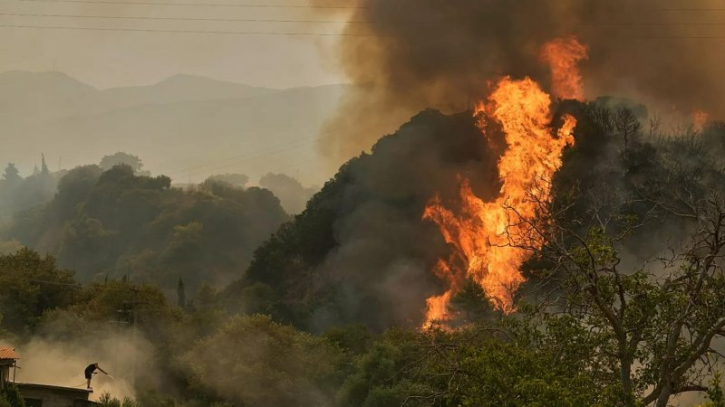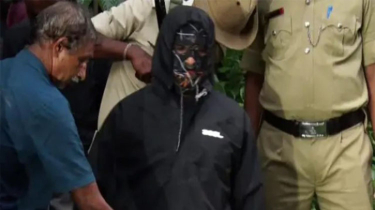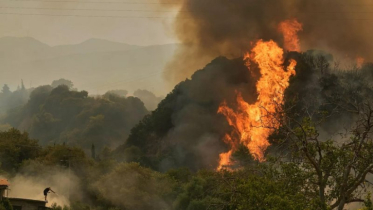Europe’s Wildfire Crisis Peaks: 2025 Declared Worst Season on Record

Published : 19:43, 22 August 2025
Europe is enduring its most destructive wildfire season in history, with more than one million hectares scorched across the European Union, and the season is far from over.
According to data from the EU's European Forest Fire Information System (EFFIS), wildfires have burned through over 1,015,000 hectares across the bloc, surpassing the previous record of just under 989,000 hectares set in 2017. This staggering total was reached by mid-August, with more fire weather expected in the coming weeks.
The fires have wreaked havoc across southern Europe, particularly in the Iberian Peninsula. Portugal has seen approximately 274,000 hectares destroyed in just one week, nearly three times its usual annual average. In Spain, the burnt area has exceeded 400,000 hectares, marking the most severe wildfire impact since records began.
The environmental consequences are equally alarming. The blazes have released 37 million tonnes of CO₂, equivalent to the annual emissions of entire countries such as Portugal or Sweden. Air quality has plummeted, with dangerously high levels of PM2.5 and other pollutants recorded across the region. Smoke has spread from Spain and Portugal, degrading air quality even in parts of France and beyond.
The influx of aid from EU countries has been unprecedented. Spain activated the EU civil protection firefighting mechanism, receiving assistance from France, Slovakia, Germany, and the Netherlands. This marks the largest deployment of its kind. Fires in Extremadura and Galicia have led to massive evacuations and severe transport disruptions across northern Spain.
Inside Portugal, a firefighter suffered serious burns when a wildfire abruptly changed direction and engulfed his vehicle. The emergency response also involved a medical helicopter to transport the injured. Such incidents underscore the danger and unpredictability of the blazes.
Experts say the perfect storm for this crisis has been formed by climate change–driven heatwaves, prolonged droughts, and shifts in land usage. Dry vegetation often cultivated by wet springs has become fuel for ferocious firestorms. Scientists warn that conditions like these could become the new normal unless urgent action is taken to enhance resilience and prevention.
Despite recent dips in fire weather in parts of southern Europe, “very high to extreme” risk remains in northwestern areas. Researchers caution that with global warming accelerating, even worse wildfire seasons may be ahead.
Sources: The Guardian, Reuters, Financial Times
BD/AN











